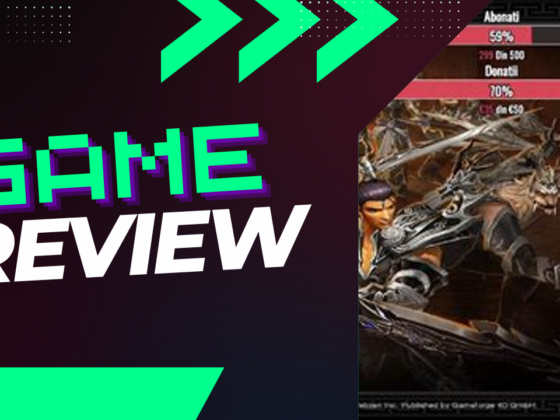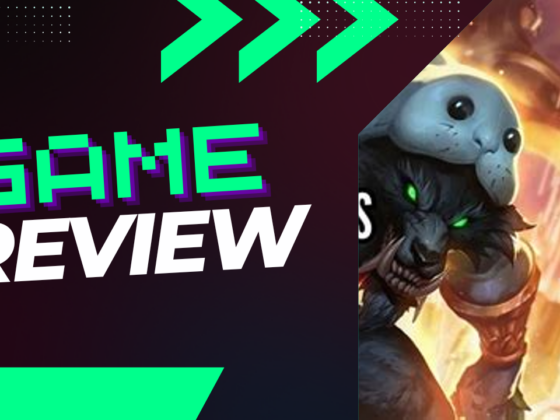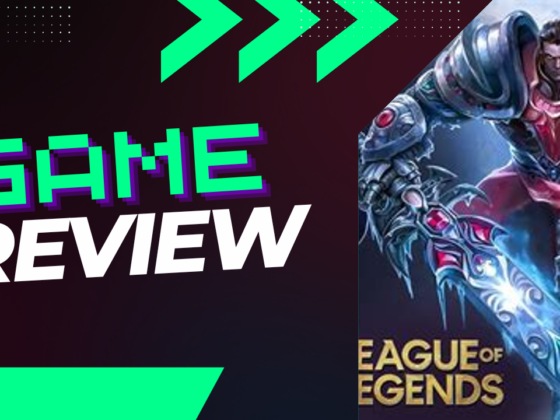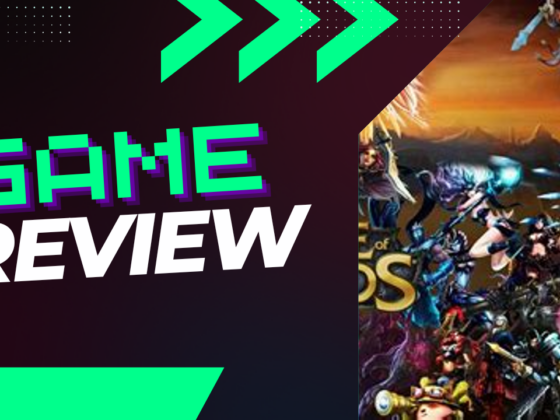What if your favorite game character walked into the room and literally took your breath away—by virtue of sheer size? In the mystical realms of League of Legends, where champions battle not just for glory but for dominance, one combatant towers above the rest: Malphite, the living mountain, stands as the tallest among all. Yet, lurking in the shadows is Cho’Gath, a behemoth whose height can reach up to an astonishing 55 feet when he unleashes his true potential. This playful rivalry of giants invites us to explore not just their size, but the unique mechanics and experiences they bring to the game.
The Giants of League of Legends
When it comes to stature in the world of League of Legends, one champion towers above the rest—Malphite stands as the tallest or biggest champion, though there’s the exception of Cho’Gath. Initially, Cho’Gath reaches a towering height of 20 feet but can grow to 55 feet as he stacks his abilities up to six times. It’s worth noting that this information may be dated, as his size was smaller prior to Ali’s visual update. If Malphite were to be his actual size, it might create an uncomfortable gameplay experience due to his massive proportions.
Then there is the curious case of Tristana. It’s widely acknowledged that there are inconsistencies in champion sizes, particularly by Riot Games. Lore suggests that certain characters—including Malphite, Baron, Cho’Gath, and other large creatures—were reduced in size for balance within the Rift. Meanwhile, there’s the perplexing idea of Graves being only 5’6”. The sizes of the champions indeed feel like a double-edged sword; larger models can be beneficial for tanks, but they can also complicate gameplay. For champions like Malphite, Mordekaiser, Nautilus, Hecarim, Nasus, Renekton, Maokai, and Volibear, a more proportionate size could enhance their visual appeal and gameplay experience. However, a larger Mordekaiser might impact gameplay dramatically, especially if Morgana carries significant weight with her wings and appearance.
Height Discrepancies and Lore Confusion
There’s also the enigmatic case of Nunu, who is remarkably dwarfed by his bear companion, Willump. We also can’t forget Zilean, whose floating presence supposedly grants him a height of 9’2”—which raises eyebrows about how reality aligns with the lore. What about Sion? He is another imposing figure within the game and deserves scrutiny of his size. Nautilus, too, undergoes a strange transformation; once just a human sailor, he now appears as a colossal titan due to certain events after being submerged in an eerie black liquid. It invites the question: why such a dramatic change in size?
Consider this—size doesn’t dictate effectiveness in League of Legends; it’s all about how players utilize their champions. Zilean’s towering stature raises the question of how he’d manage interaction with other champions, especially one like Cassiopeia, who could potentially reach terrifying heights in real life. These inconsistencies within champion lore have led to significant scrutiny from the community.
The Community’s Observations
Interestingly, discussions often reveal how short certain champions are—Graves and Lee Sin, for example. It’s been humorously noted that cows in Runeterra consume magical grass, contributing to their massive presence. Players have a playful approach to examining the height of champions like Gragas, listed at 7’2”, or Braum who comes in at an astounding 7’5”. There’s shock when they see Nami, shown as weighing 460 lbs, which seems surreal.
League of Legends fans further dissect the measurements of champions, questioning how Xerath stands at 7 feet and wondering how Sion could possibly not be the tallest. The mysteries surrounding Nautilus’ lack of presence in size debates keep surfacing, especially considering his overwhelming portrayal in various cinematic scenes.
Visual Updates and Fan Reactions
There are fan suggestions regarding reworks, such as Malphite’s visual updates. One artist’s portrayal could redefine how he appears in-game, enhancing his intimidating presence. Yet, there seems to be an absence of mention for champions like Tryndamere, prompting questions about the scaling for champions like Alistar—who indeed appears quite large in his refreshed art. Conspicuously missing from various charts are characters such as Zyra, leaving players feeling disheartened as they scrutinize proportions.
Understanding champions’ sizes can invoke feelings of inferiority among players who stand 6’2” and 210 lbs, particularly when realizing that their virtual counterparts may not align with their real-world dimensions. A fan quips about Kog’Maw being smaller than Teemo, which certainly throws some expectations into disarray. As height is sometimes mistaken for length, such discussions reveal the confusion surrounding character dimensions.
Discrepancies and Gameplay Effects
Ultimately, the details of champion sizes and weights point to a broader issue surrounding gameplay clarity. Players need to recognize the potential impact on gameplay; for example, larger champions can alter hitboxes. This leads to a deeper understanding of champion scaling, with discussions about how champions like Zac may require adjustments as well.
The ongoing dialogue about size-focus in champion development reflects wider trends within game lore. Despite the perceived inconsistencies, players acknowledge that comparisons to other franchises, like Pokémon lore, may provide some solace. The evolution of character sizes within League of Legends demonstrates how initial designs may have overlooked realistic proportions while paving the way for greater balance and fairness in gameplay today.
In the end, it’s truly the experience each champion provides on the Rift that counts most. Whether debating the subtleties of their heights or how hefty a champion’s model is, each discussion brings a fresh perspective to the fascinating character dynamics within the game. Ultimately, players enjoy exploring these nuances, steering conversations toward champions’ potential more than their heights.









